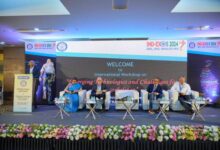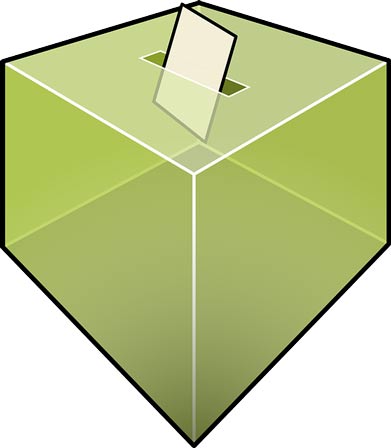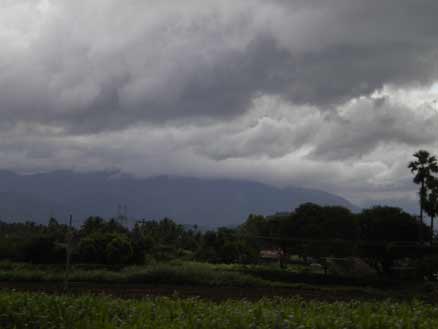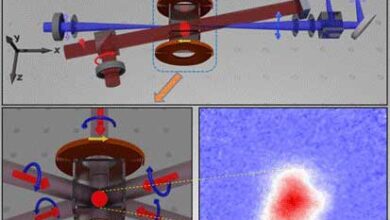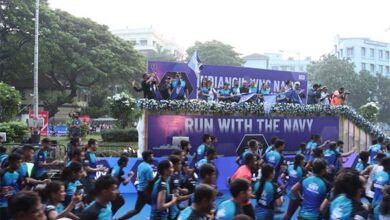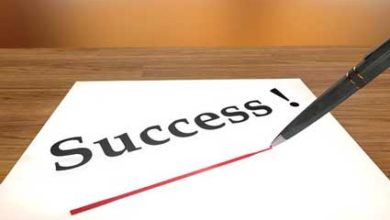Indian National Science Academy holds seminar on Learning from Nepal’s earthquake
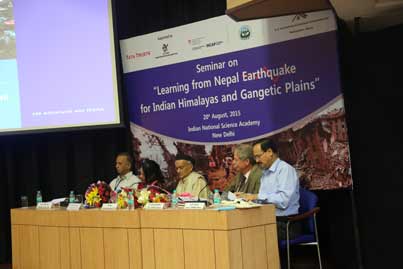
Seminar Organized on Learning from Nepal’s earthquake for Indian Himalayan region and the Gangetic Plain
New Delhi (Press Release): A seminar was organised on Learning from Nepal’s earthquake for Indian Himalayan region and the Gangetic Plain
to understand and learn from the emerging issues following Nepal’s earthquake on April 25, 2015 and the aftershocks. The Chief Guest, Shri B. S. Koshiyari, Hon’ble Chairman, Committee on Petitions (LS) and Member of Parliament (LS) in his address spoke of the need to need to develop the science of earthquake prediction and early warning systems for the seismically volatile areas of Hindu-Kush Himalayas.
Dr. P. P. Dhyani, Director, GBPIHED, Almora, and Councilor, CHEA, Nainital in his welcome address described the Himalayas as the water tower of the country. The rationale and main features of the event were elaborated by Prof. S. P. Singh, INSA Senior Scientist, and Councilor, CHEA, Uttarakhand.
Dr. Bimala Rai Paudyal, Hon’ble Member, Planning Commission of Nepal, noted that it was more women and girls who were killed in the Nepal earthquake. Social inequalities magnify earthquake’s impacts and in this case it damaged areas of poor people more, she added. She spoke of how solutions that work in other places may not be appropriate in this region and asserted the importance of context specific solutions that would work better in Nepal.
Dr. David Molden, DG, ICIMOD clarified that there were 370 aftershocks that shook Nepal and are continuing even now. Not many people know that Kathmandu itself has shifted 3 metres south. Calling Hindu-Kush Himalayas a global asset, he reiterated the concept of ‘build-back better’, as a part of Sendai framework 2015. He suggested some solutions for future preparedness like constructing earthquake-proof buildings, mapping of hazard areas and identifying safe landing spots for relief efforts.
In the technical session, experts covered various dimensions of Nepal’s earthquake. The session was chaired by Dr. A. K. Gupta, Director, WIHG, Dehradun and Prof. D. S. Ramesh, Director, Indian Institute of Geomagnetism, and moderated by Dr. Anil Kumar Gupta, NIDM. Dr. A.K. Gupta, Director, Wadia Institute of Himalayan Geology spoke of how the shifts in disaster reduction should include social components, mainstreaming disaster reduction into planning, integration of Sendai framework SDGs and a move from single-headed approach to a multi-headed, comprehensive approach. Dr. D S Ramesh, Director, Indian Institute of Geomagnetism spoke how the earthquake is not a surprise but has occurred in an anticipated region. There is a possibility that all previously ruptured regions could join together to create a huge earthquake of unprecedented magnitude.
Dr. Madan Koirala in his presentation ‘Earthquake’s impact on mountain ecology’ highlighted the case of Langtang National Park where tremors induced landslides & avalanches impacting eight villages. Forests were destroyed and tourism areas lost. Dr. Ranjan Kumar Dahal in his presentation titled ‘Gorkha earthquake 2015 and its engineering geological consequences’ noted that the towns on ridges like Old Chatura are very vulnerable to earthquakes. He warned that ridge cities like Almora, Ranikhet, Mussoorie, Nainital and Darjeeling are also vulnerable.
Dr. Jagdish Lal Baidya in his presentation ‘Preparedness, response and pitfalls in hospitals and medical aid’ gave an account of the fateful day in his hospital which withstood the earthquake. He suggested the need for evacuation of admitted patients, open spaces in and around the hospital, regular disaster drills including evacuation drills. Ms. Dikshya Devkota in her presentation ‘Relief and recovery efforts of Gorkha Foundation after 2015 earthquake in Nepal: On the ground perspective’ stressed the need for Psychological First Aid training.
Mr. Ratno of Tata Trust spoke about their experience on relief work and how they have set up a centralised kitchen that caters to 17 relief camps in collaboration with Akshaya Patra Foundation and Sipradian Sansthan, a local NGO.
Mr. Prachandra Man Shrestha spoke on the impact of the earthquake on tourism in Nepal. He said that the destination image of Nepal needs to be rebuilt positively and tourism stakeholders ought to come together to act as one. Dr. Ajaya Dixit, ISET, Kathmandu spoke of deficiency in design considerations and ineffective regulatory mechanism. He tried to locate this in Nepal’s political system.
The afternoon panel on ‘learning from Nepal’s earthquake’ was chaired by Mr. Hem Pande, Special Secretary, MoEF & CC and Dr. David Molden, DG, ICIMOD with Mr. Kamal Kishore, Advisor, NDMA as the discussant.
Dr. Bhishma Subedi, Executive Director of ASNAB, spoke on how community can play important roles if they are better prepared, and equipped with more practical information on emergency response. Dr. Bimala Rai Paudyal in her presentation ‘Engendering post earthquake response in Nepal’ spoke of the need to mainstream gender issues in post disaster need assessment in the National Planning Commission.
Dr Eklabya Sharma, Director Programmes and Operations, ICIMOD said that forecasting of weather is a key to relief efforts. He also said that information is often being generated somewhere but not really reaching key players. Dr. Vandana Chouhan of All India Institution of Disaster Management, Gujarat mentioned that learning from Gujarat earthquake would be helpful. She also mentioned that long term recovery proposals should include local disaster management planning, awareness generation and climate change adaptation strategies
Prof C. C. Pant, Geologist at Kumaun Univeristy, Nainital said that Uttarakhand is very vulnerable to natural geological disasters but there is no mechanism to forecast these risks fully.
Dr. Sushil Kumar spoke of the need of improving earthquake sensing and monitoring equipment.

